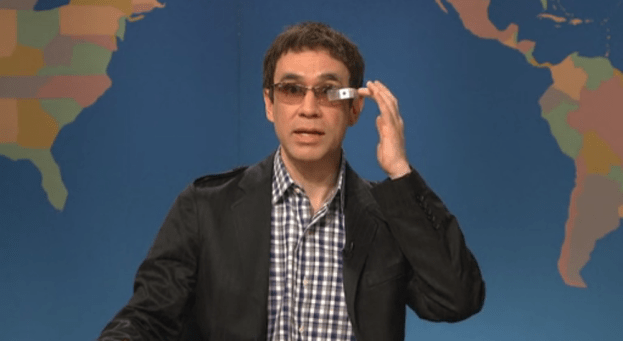
A new study by BiTE Interactive has revealed that only one in 10 American smartphone users would use Google Glass regularly. The report, known as Google Glass Adoption Forecast, cites “social awkwardness,” as the top reason given for avoidance of the product.
BiTE’s EVP of Operations, Joseph Farrell, said in an interview with Mashable, “Google Glass represents a profound social barrier for the average consumer.”
“At best, they see a Glass user as someone who prioritizes information access over a personal connection with others,” Farrell continued. “At worst, they fear social sleights of hand: researching topics, recording video or Googling a person in mid-conversation … Overall, what Glass offers is a combination of high social rejection with features the average person simply doesn’t value over their current smartphone.”
BiTE surveyed 1,000 U.S. adults for their study, with 45 percent of respondents deeming the device too aesthetically awkward, or irritating to wear. That number dropped to 38 percent if there were a considerable price drop introduced (especially given the Explorer Edition’s pricetag of $1,500).
Of the small number of respondents who said they would use Glass regularly, 44 percent said taking pictures was its most compelling feature to them, while 39 percent would most want make calls with it, and 37 percent cited video recording.
Google Glass users are starting to be spotted in the wild. It’s even hit the cover of the Wall Street Journal, which cites it as viable tool for business, but the case could easily be made for its potential for inventing social awkwardness. In fact, SNL’s just pointed that out. Google Glass actually manages to put other restrictions on Web-based communication, too, eliminating profanity by means of a non-removable language lifter. And for the sizable number of those out there interested in shooting video on Glass, keep an eye on the beta model’s 30-minute battery life while you’re shooting.


